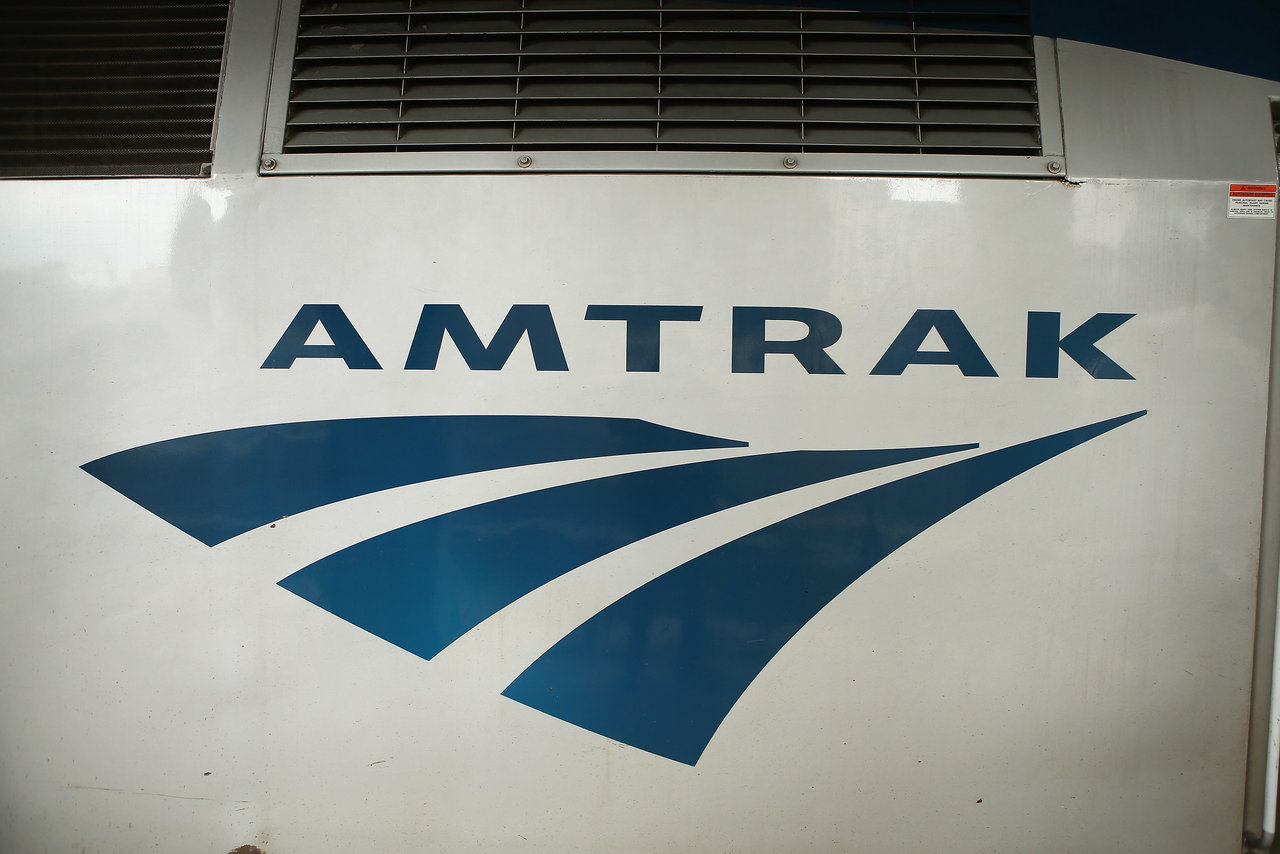In the wake of the May crash of Amtrak Train 188, debate raged over why Amtrak hadn’t been quicker in implementing Positive Train Control, or PTC—a next-generation wireless system designed to prevent collisions and stop speeding trains by overriding engineer errors.
But a system already exists to provide many of the same failsafes. Automatic Train Control (ATC) is installed on practically all of today’s locomotives, and support infrastructure is in place on most track. With Amtrak’s new PTC system not due to go online until the end of this year, and freight lines supporting legislation that could give them up to five more years to implement PTC, its nearly century-old predecessor is currently the only line of defense between engineer error and further tragedy.
For all its age, ATC is surprisingly robust. It lacks PTC’s ability to intelligently track train movement systemwide, but it can detect excessive speed and react to it. It would have engaged Train 188’s emergency brake as or before it entered its final, deadly curve.
However, the older system was not activated on the northbound side of Frankford Junction, where Amtrak 188 derailed. Generally, ATC is only selectively activated across the nation’s rail system.
The roots of Automatic Train Control stretch back to the 1920s. In its original form, it simply sent constant electrical pulses down sections of steel track. These pulses travelled through a trains’ wheels and into the locomotive, where they were translated into in-cab signals which primarily communicated speed limits to engineers.
The system got a major upgrade in the 1950s courtesy of the Pennsylvania Railroad, which wired the signals to engines’ ‘dead man switch.’ If an engineer didn’t respond properly to a signal to slow, the brakes would be automatically engaged.
One shortcoming of ATC is that its speed signals are hardwired, and originally topped out at 80 mph. As modern trains began to regularly reach speeds of 120mph or more, the system’s relevance waned.
This was highlighted in two near-disasters, one in the late 1980s at Elizabeth, N.J., and another in 1990 at Boston’s Back Bay, both involving trains entering curves at excessive speeds. Following those incidents, the Federal Railroad Administration mandated that ATC be installed and activated on those curves—as well as on the southbound side of the Frankford Junction curve. Designers also added a wider range of speed levels.
But generally, ATC is only activated on specific stretches of rail deemed risky by railroad managers. Amtrak CEO Joseph Boardman, speaking with the Philadelphia Inquirer following the Amtrak 188 derailment, speculated that because northbound trains at Frankford Junction would have been expected to be going slower as they left Philadelphia, ATC failsafes weren’t deemed necessary on that side.
That sort of selectivity seems to be rooted in a mix of cost concerns and more abstract matters of railroad culture. According to a source in the rail construction industry, the hardware to activate ATC along the northbound section of Frankford Junction would have cost under $40,000 (the system was turned on quickly on that section after the crash of Amtrak 188). It’s a small number when weighed against the likely tens of millions of dollars in damages it might have prevented, but more prohibitive when multiplied across tens of thousands of miles of rail.
The source also said, though, that Amtrak planners saw automatic controls as impinging on the autonomy of engineers. Railroad engineers are at pains to distinguish themselves from, for instance, subway engineers, who monitor systems that are largely automatic.
